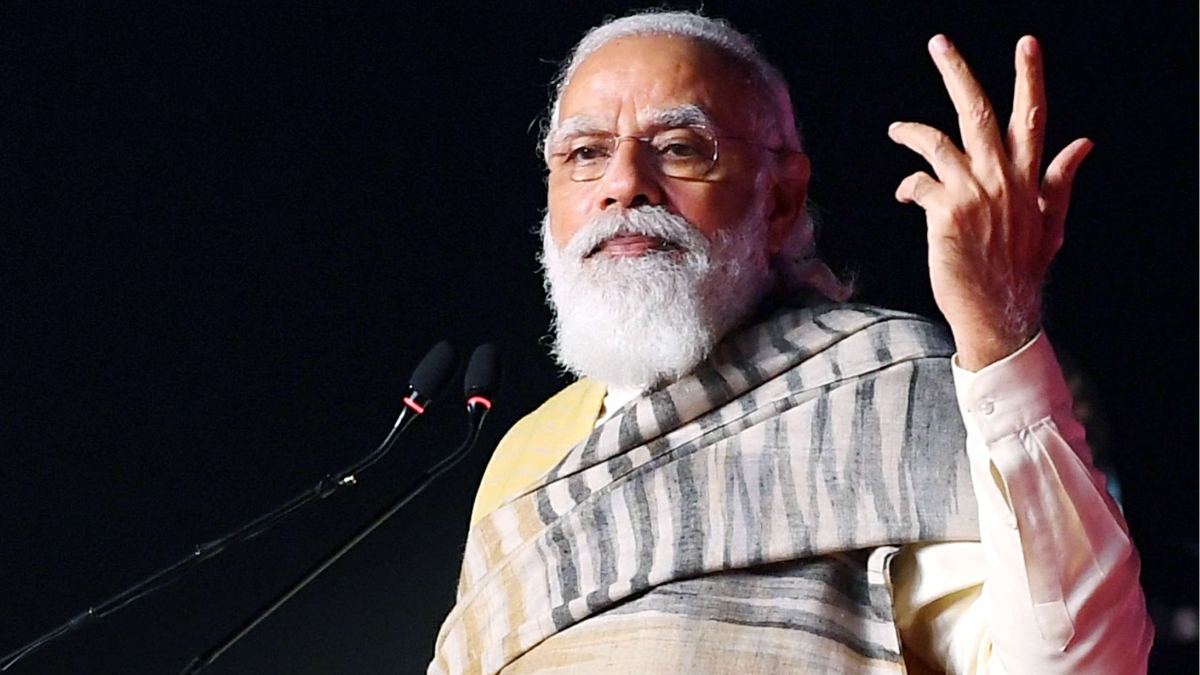
This is one protest the Modi government could not have seen coming. The widespread protests by the Muslims against the CAA bill was something they must have anticipated—and sceptics will add—planned for as these only served to bolster the BJP’s image amongst its hardline Hindutva vote-bank. The protests against the crackdown in JNU too worked along similar lines, and a similar narrative. But it was the largely Sikh-dominated farmer protest that seems to have caught the government off guard.
True the BJP does not have large stakes in Punjab with only 3 MLAs and 3 MPs. More to the point, it has also broken off with its ally in the state, the Shiromani Akali Dal. As Harsimrat Kaur Badal, the SAD leader, told NewsX in an interview recently, even during the height of the Modi wave the BJP did not make a dent in Punjab. She does have a point. Yet, despite the large contingent from Punjab the protest is not being seen as a Punjabi or a regional one but one that has been branded as farmers versus the government. The farming community is a vote-bank that is not limited to one state only. The BJP government in nearby Haryana is already feeling the jitters. Yes, the party is drawing some heart from its showing in the Rajasthan panchayat polls where it beat the ruling Congress. This had the irrepressible Amit Malviya tweeting: In the recently concluded local elections in rural Rajasthan the BJP triumphed over the ruling Congress. This is nothing but an endorsement of the new farm laws.” The BJP has always claimed that the protests are one of rich farmers vs the rest of the country; and hence should be treated as such. What the farmers—and some Opposition parties—are trying to do in turn is to claim that this is a protest between the farmers and the rich industrial friends of the BJP. It’s all in the posturing, what remains to be seen which narrative gains popular currency.
And mastering the narrative is something the Modi government is quite adept at. Look at the way it sold the demonetisation story, for instance. At the same time, don’t forget what happened with the amendments in the Land Acquisition Bill. This is something the government had tried to push through via an Ordinance in its first term, but later was forced to roll back after an uproar from the farming community. Later on the eve of the 2019 elections the BJP promised a Rs 6,000 payout to over 8 crore farmers annually. Clearly PM Narendra Modi is not keen to antagonise this vote-bank. This is also one reason why unlike the CAA the government is making an effort to reach out and negotiate with the protestors. However eyebrows have been raised at the choice of Commerce Minister Piyush Goyal who is seen as someone who represents the industrialists more than the farmers. True as Commerce Minister Piyush Goyal is needed to be present but perhaps someone like Rajnath Singh or even a Nitin Gadkari who carry more credibility with the farmers could have played a larger role in the talks? Look at the alacrity with which Sharad Pawar jumped into the fray on behalf of the farmers.
Yet, to be fair to the government it has come more than half way to meet the demands of the protesting farmers. But in the end, part of the messaging is also the optics. If only the government had reached out before it framed the said bills, instead of after, the story may have had quite a different ending. The PM is meant to be the master of the message. Why did he trip up now?